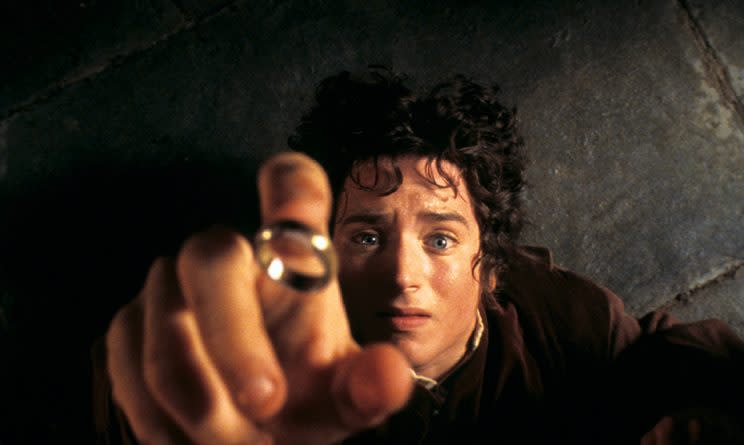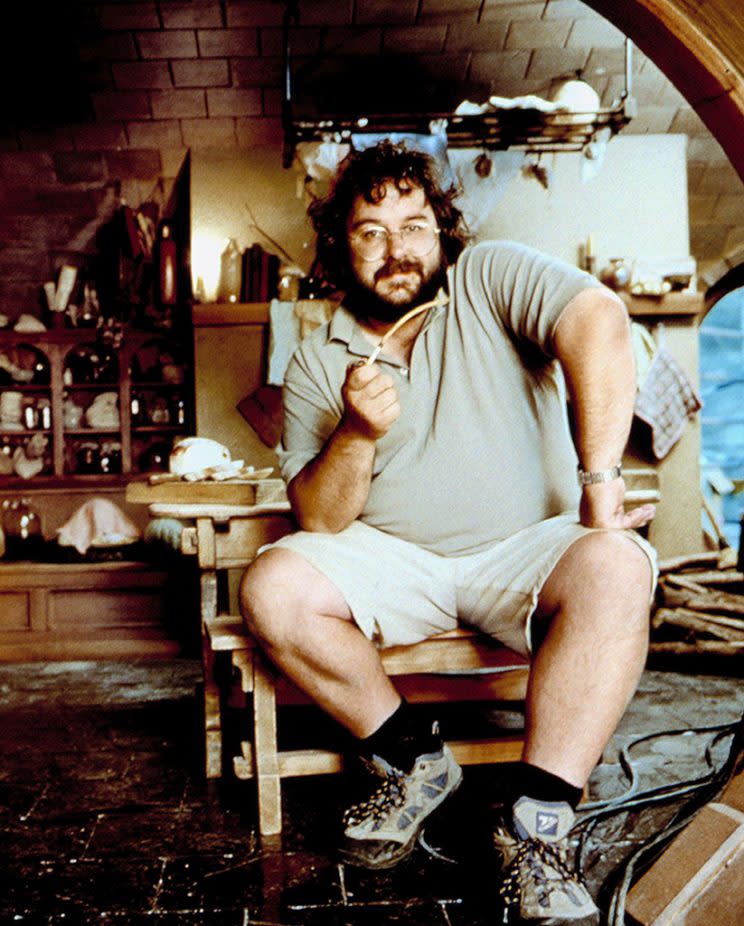‘The Fellowship of the Ring’ Turns 15: How the Blockbuster ‘Lord of the Rings’ Series Almost Didn’t Happen

By Oliver Lyttelton
While the movie world’s attention has been on Star Wars in the past week, another huge fantasy franchise is celebrating a major milestone: Dec. 19 marks 15 years since the release of Peter Jackson’s The Lord of the Rings: The Fellowship of the Ring, the first part of the multi-Oscar-winning, blockbuster adaptation of J.R.R. Tolkien’s seminal fantasy book. The film and its two sequels are now enshrined as classics, but Jackson and his team had a harder road than most to bring it to screens. This is the story of how The Lord of the Rings nearly didn’t happen.
Jackson had first come across Tolkien’s story of Frodo Baggins’s quest to destroy the Ring thanks to the previous film version, Ralph Bakshi’s 1978 animated adventure. By the mid-’90s, the New Zealander, who began his career with splattery horror films, had become a hot property thanks to the success of 1994’s dark coming-of-age movie Heavenly Creatures. He was busy prepping his first Hollywood movie, The Frighteners.
Related: ‘The Frighteners’ Turns 20: Peter Jackson, Michael J. Fox, and Their Fascinating Horror-Comedy Bust
He began to think about what could come next and considered his lifelong ambition to make a fantasy movie. According to Brian Sibley’s biography of the director, Peter Jackson: A Filmmaker’s Journey, Jackson told his wife, producer, and writing partner, Fran Walsh, that he wanted to make “a picture in the style of The Lord of the Rings but to keep it very real.” Walsh responded: “Why would you want to create your own story when The Lord of the Rings or The Hobbit are the really great fantasy stories?”
Jackson and Walsh sold then-Miramax head Harvey Weinstein on the idea of an adaptation, and complicated negotiations began with veteran producer Saul Zaentz, who owned the movie rights to the books. Jackson and Walsh handed in a treatment for two movies, which, according to the agreement with Miramax, could cost no more than $75 million combined, and Weinstein (with his brother Bob, who would produce alongside him) agreed that writing on the script could begin.

There were some key differences between that vision and the finished films — reportedly, the earliest drafts saw Arwen donning armor and fighting in the final battle instead of Éowyn, and they included a major action sequence set around the death of Saruman that saw Sam squaring off against a flying Nazgûl. But many of the key elements of Jackson’s adaptation were already in place.
With as much as $12 million already sunk into research and development at Jackson’s own effects company, Weta, by the middle of 1998 it was becoming clear that the $75 million budget simply wasn’t going to cover it. Producer Marty Katz was sent to New Zealand to act as a go-between, and he came back on Jackson’s side: Two movies could be made for $150 million but not for the originally agreed sum. Miramax balked and said that if Jackson couldn’t make two movies for the lower cost, he would have to do just one, telling the whole story.
Watch the Fellowship of the Ring trailer:
Harvey Weinstein gave Jackson an ultimatum, as the director later told the Playlist: “You’ve got to make one movie, or I’m going to take it away from you, and I’ve got [Shakespeare in Love helmer] John Madden lined up to direct the one movie.” A memo was even written by a Miramax executive suggesting how to pull it off, with a proposed story that cut Helm’s Deep, the Mines of Moria, and Saruman entirely.
All seemed lost. But Jackson’s agent managed to persuade Weinstein to give the director 28 days to shop the project to other studios, albeit with conditions attached, including that 5 percent of the gross of any resulting movie would go to the Weinsteins. Virtually every studio passed, even after being shown a half-hour film that Jackson had cobbled together showing the impressive work and test footage that had already been done.
The last-chance meeting was at New Line It was a smaller studio than most, but Jackson had an ally there in executive Mark Ordesky, a lifelong Tolkien fan and an old friend Jackson, who let the director crash on his sofa when he first came to L.A., according to Sibley’s biography. Unbeknownst to the Rings team, the studio was hungry for a franchise, having failed to roll out successful sequels to hits like The Mask. At the end of the screening of the footage, Walsh would later tell Sibley, New Line head Robert Shaye said, “Tolkien wrote three books — right? Then, if you’re going to do it justice, it should be three movies — right?”
Related: Harry Potter and the Sorcerer’s Stone Turns 15: What Director Chris Columbus Got Right
A deal for not one, not two, but three movies closed quickly, and shooting began in October 1999. The process wasn’t entirely smooth — Jackson famously replaced original Aragorn Stuart Townsend a few weeks into filming after realizing he was too young for the role. But in the end, New Line’s gamble paid off. Fellowship won rave reviews, and the eventual trilogy would earn $2.9 billion worldwide at the box office, 32 Oscar nominations, and 19 Oscars, including Best Picture for 2003’s Return of the King. It made many other studios want their own fantasy trilogy and paved the way for everything from Pirates of the Caribbean to Game of Thrones.
As for Harvey Weinstein? Today he characterizes his decision to give up on The Lord of the Rings as his “biggest disappointment.” But if it was a disappointment, it was an incredibly lucrative one: Miramax made as much as $90 million from the three films.

 Yahoo Movies
Yahoo Movies 